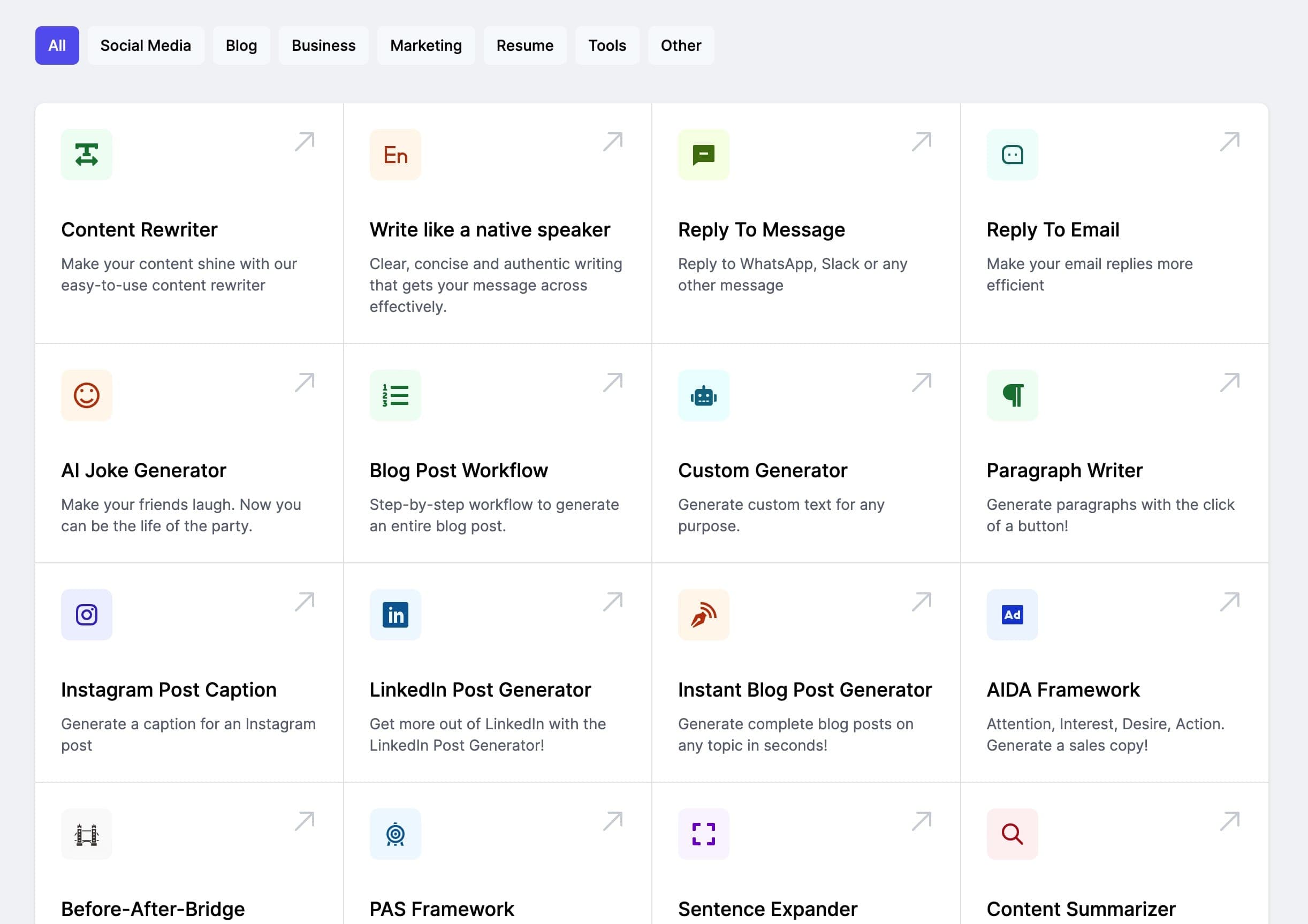Introduction to Programming
Course Name: Introduction to Programming
Course Description:
Introduction to Programming is a foundational course designed to provide students with a solid understanding of the basic principles and techniques of programming. The course will cover fundamental concepts, basic programming constructs, problem-solving strategies, and algorithm development. Students will learn to think logically, analyze problems, and write computer programs using a programming language.
Course Objectives:
Understand the fundamental concepts of programming and the role of programming in problem-solving.
Develop the ability to analyze problems and design algorithms to solve them.
Gain proficiency in using a programming language to write and execute programs.
Learn to think logically and develop critical thinking skills.
Acquire the skills necessary to debug and troubleshoot programs.
Develop good programming practices, including code documentation and proper code organization.
Course Outline:
Module 1: Introduction to Programming
Introduction to programming concepts and terminology
Overview of different programming languages
Introduction to the programming environment
Basics of program development and execution
Module 2: Variables and Data Types
Understanding variables and data types
Assigning values to variables
Basic arithmetic operations
Basic input and output operations
Module 3: Control Structures
Introduction to control structures (conditional statements and loops)
Using if-else statements and switch statements
Implementing loops (for, while, do-while)
Nesting control structures
Module 4: Functions and Procedures
Introduction to functions and procedures
Creating and using functions and procedures
Passing parameters to functions and procedures
Recursion
Module 5: Arrays and Strings
Introduction to arrays and strings
Declaring and accessing arrays
Manipulating arrays and strings
Multidimensional arrays
Module 6: File Input and Output
Reading from and writing to files
Sequential and random access files
File input and output operations in programming
Module 7: Error Handling and Debugging
Introduction to error handling and debugging techniques
Identifying and fixing errors in programs
Use of debugging tools and techniques
Module 8: Introduction to Object-Oriented Programming
Basics of object-oriented programming (OOP)
Introduction to classes, objects, and methods
Understanding encapsulation, inheritance, and polymorphism
Module 9: Introduction to GUI Programming
Basics of graphical user interface (GUI) programming
Creating simple GUI applications
Event-driven programming
Module 10: Introduction to Data Structures
Overview of basic data structures (arrays, linked lists, stacks, queues)
Implementing and manipulating data structures in programs
Assessment Methods:
Quizzes and exams to assess theoretical knowledge and understanding
Programming assignments and projects to evaluate practical skills
Class participation and discussions to encourage active learning
Note: This syllabus is subject to customization based on the instructor's preferences and requirements.
